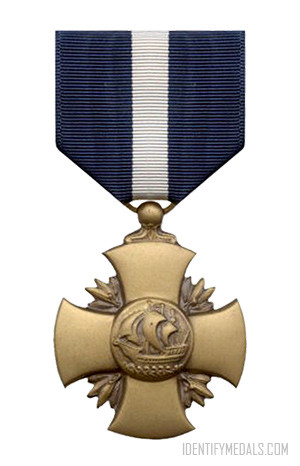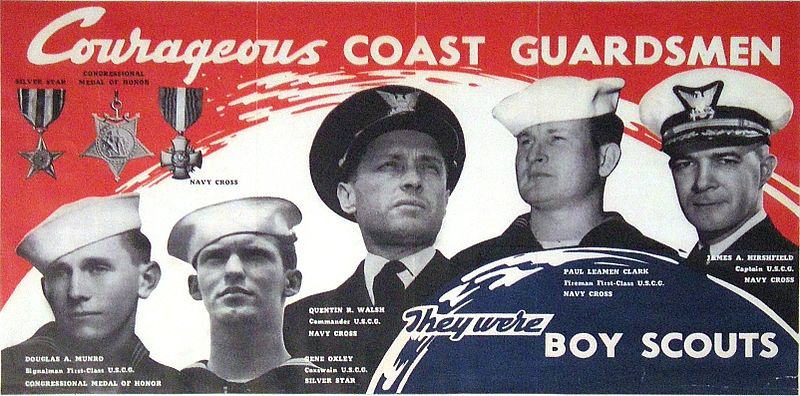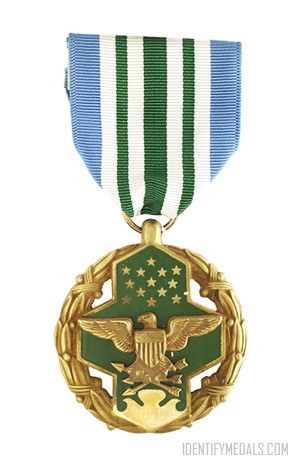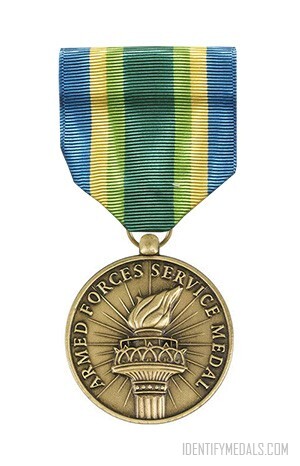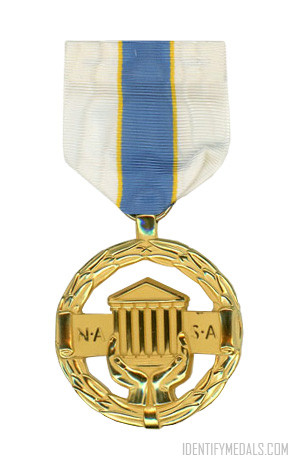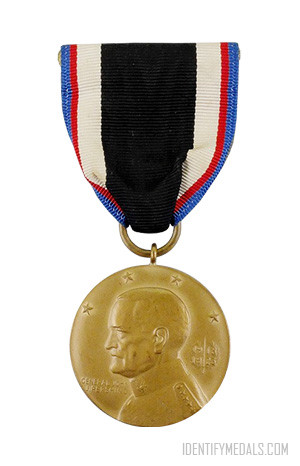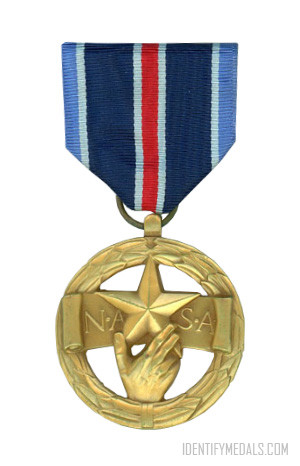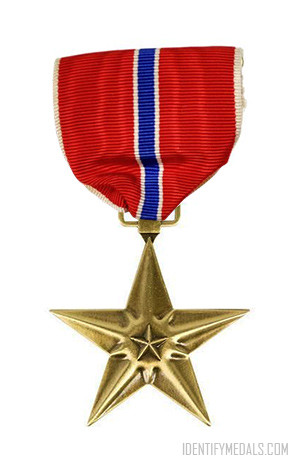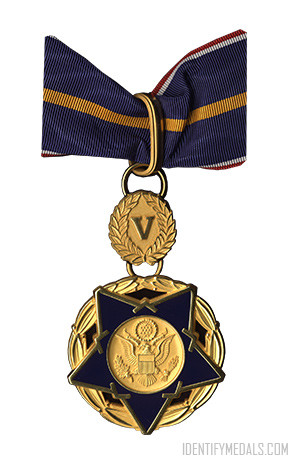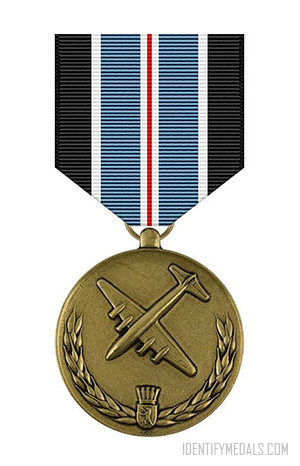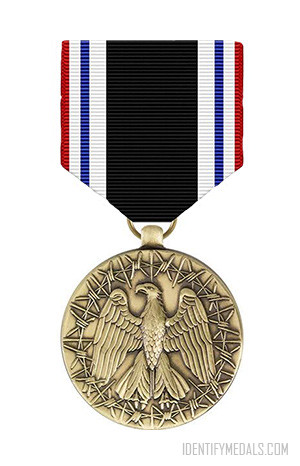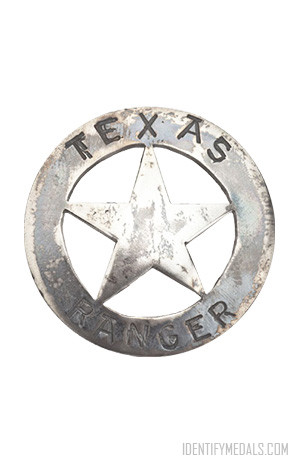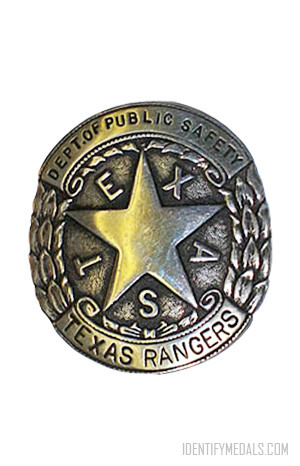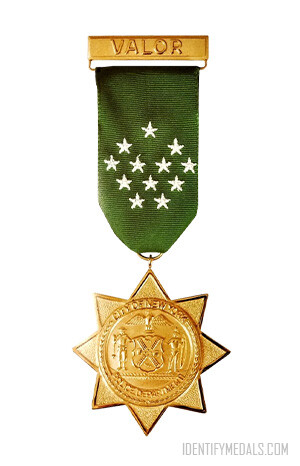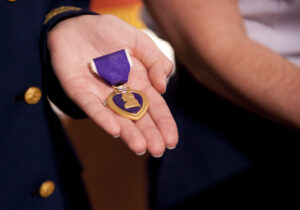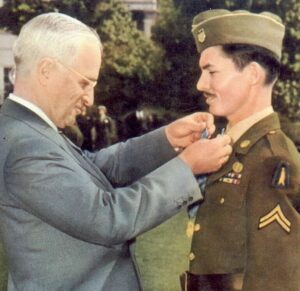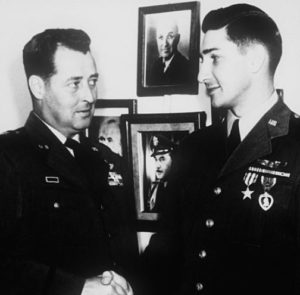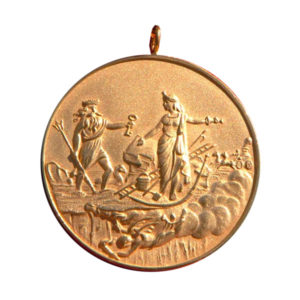- Time Period: The Great War (WW1)
- Institution: February 4, 1919
- Country: United States
The Navy Cross holds a significant place among the military decorations awarded by the United States Department of the Navy. Established in 1919, it serves as the second-highest military decoration specifically for the Navy, Marine Corps, and Coast Guard personnel. The Navy Cross is presented to individuals who have displayed extraordinary acts of valor and heroism in combat or have demonstrated meritorious service in situations that do not meet the criteria for the Medal of Honor.
The Navy Cross is reserved for those who have shown exceptional bravery, selflessness, and dedication to their comrades and the mission at hand. It recognizes acts of valor performed in the face of the enemy, involving personal risk and exhibiting a level of courage that goes beyond what is expected of service members in the line of duty.
The medal is equivalent to the Army’s Distinguished Service Cross, the Air and Space Forces’ Air Force Cross, and the Coast Guard Cross.
A Short History of The Navy Cross
The introduction of the Navy Cross was closely linked to the United States’ entry into World War I. At that time, while several European nations had a tradition of honoring heroes from foreign countries, the U.S. only had the Medal of Honor as its sole award for valor. In response to this, the Army introduced the Distinguished Service Cross and Distinguished Service Medal in 1918, and the Navy followed suit in 1919, retroactively recognizing actions from 6 April 1917.
Initially, the Navy Cross held a lower precedence compared to the Medal of Honor and the Navy Distinguished Service Medal. This was because it was awarded for both combat heroism and other distinguished service. However, this order of precedence was revised by Congress on 7 August 1942, designating the Navy Cross as a decoration exclusively for combat actions, following the Medal of Honor in hierarchy.
Since its establishment, the Navy Cross has been bestowed upon individuals over 6,300 times.
The Navy Cross Medal Criteria
The criteria for receiving the Navy Cross are stringent, requiring evidence of outstanding leadership, extraordinary initiative, and steadfast devotion to duty. Recipients of the Navy Cross have displayed exceptional courage and have often placed themselves in extreme danger to protect their fellow servicemembers or achieve the mission’s objectives.
The awarding of the Navy Cross is typically accompanied by a citation, which describes in detail the recipient’s heroic actions or meritorious service. These narratives honor the individual’s extraordinary deeds and testify to their valorous or exceptional contributions.
The Navy Cross Medal Design
The obverse of the medal is a modified cross pattée one and a half inches wide. There are four laurel leaves with berries in each of the re-entrant arms of the cross, and in the center a sailing vessel is depicted on waves, sailing to the viewer’s left. The reverse shows a bronze cross pattée with crossed anchors from the pre-1850 period and cables attached. The earliest version of the Navy Cross (1919–1928) featured a narrow strip of white.
Around 6,900 medals were awarded. The first actual recipient of Cross is unknown because initial awards were made from a lengthy list published after World War I.

